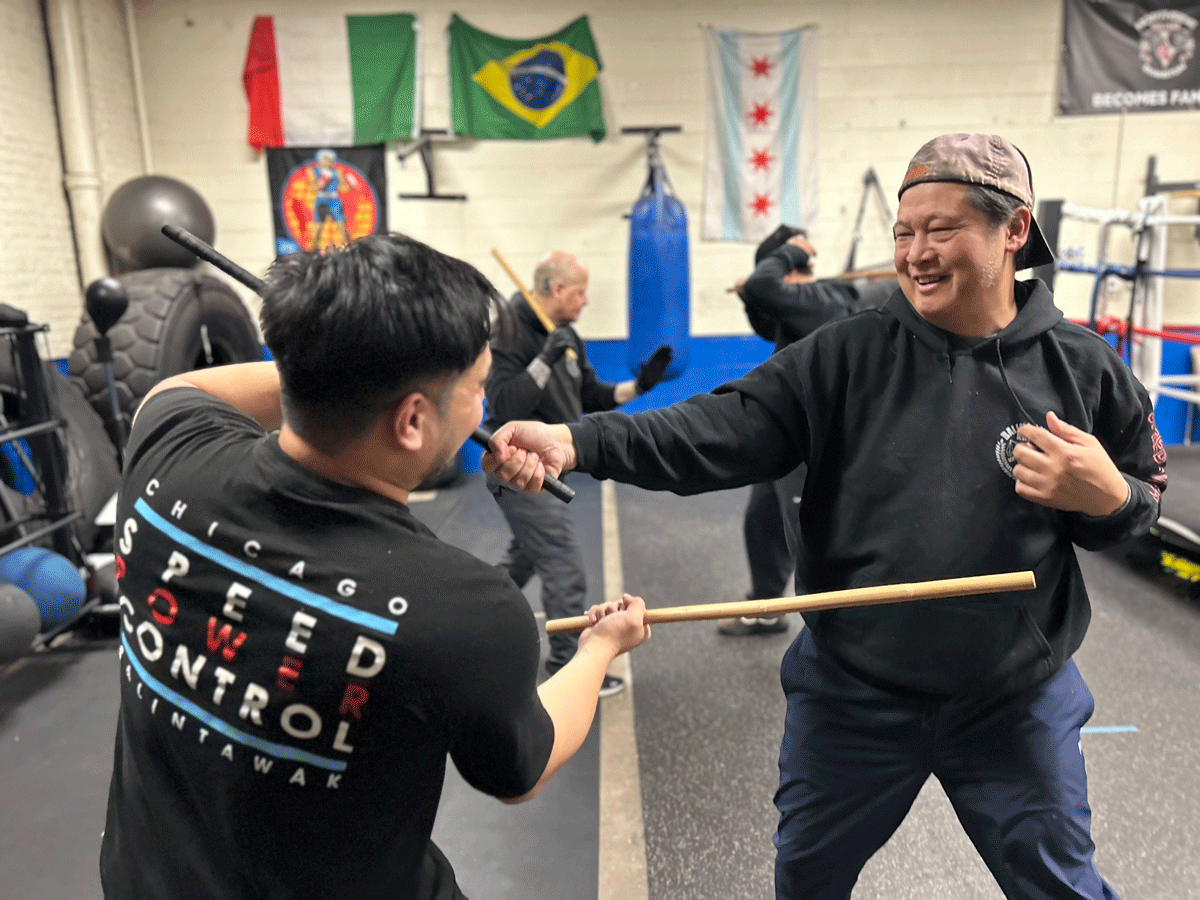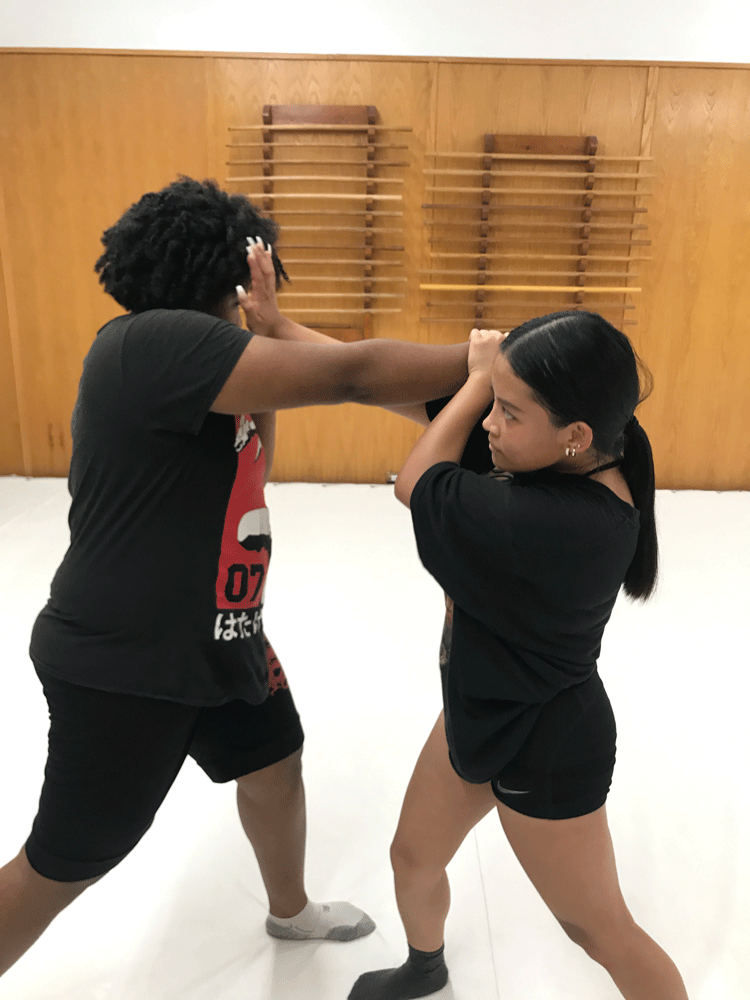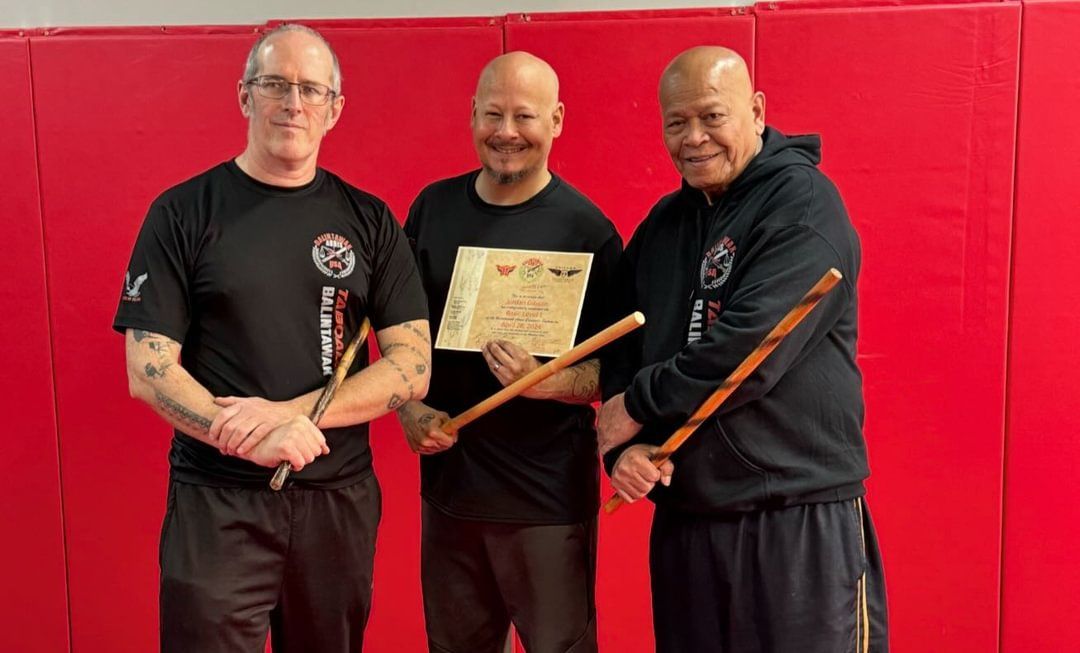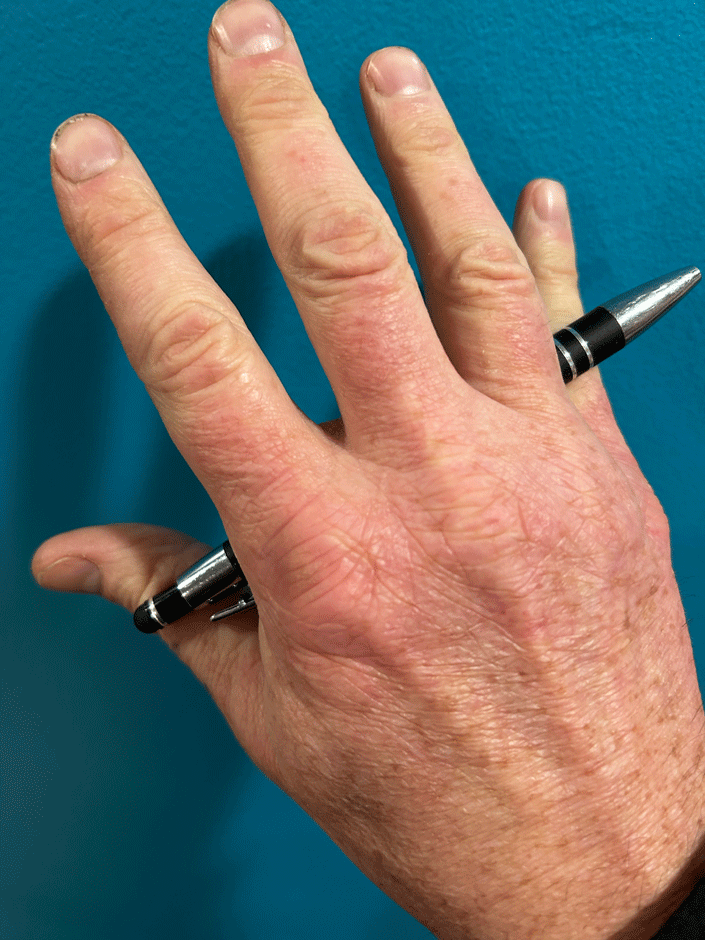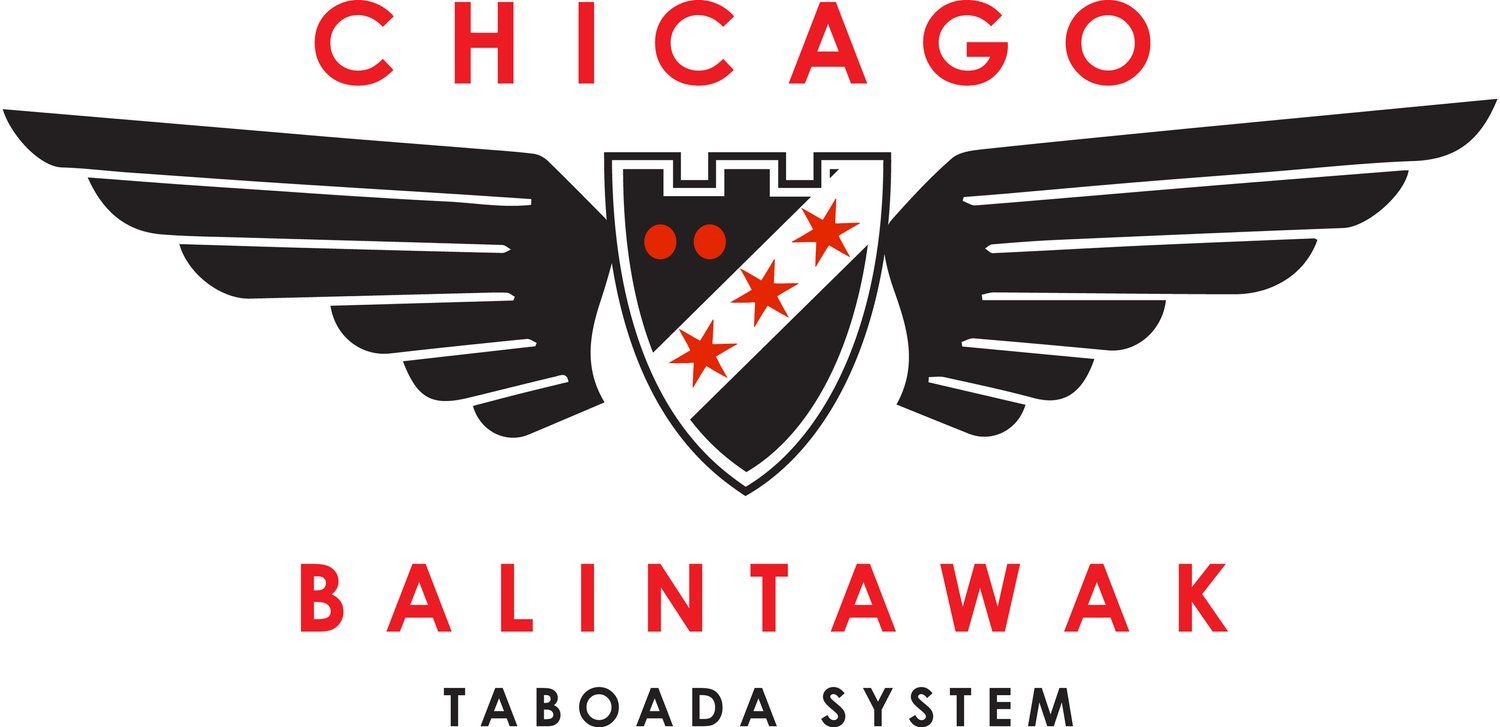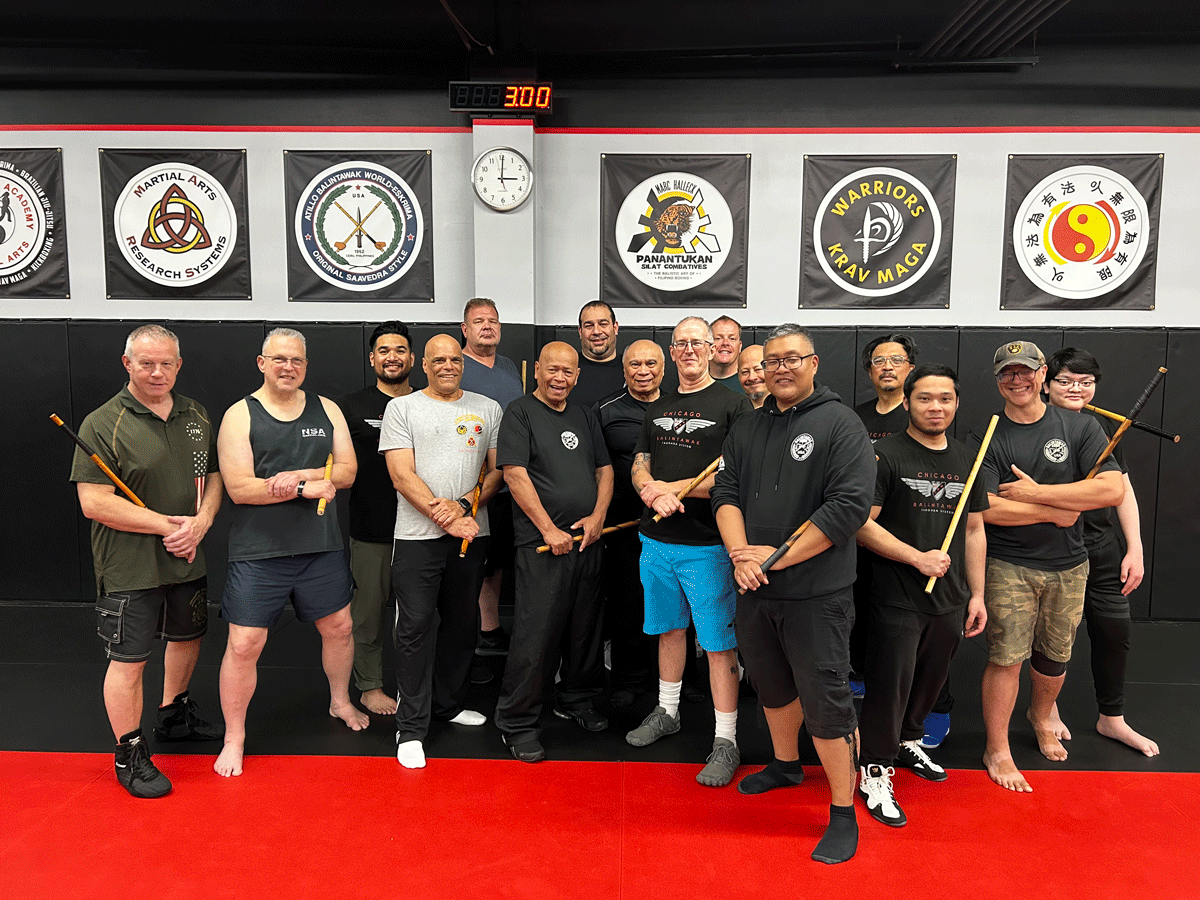Why Training with a Grandmaster Is a Game-Changer
What I Learned from Training with Grandmaster Bobby Taboada—and Why It Will Transform Your Filipino Martial Arts Journey
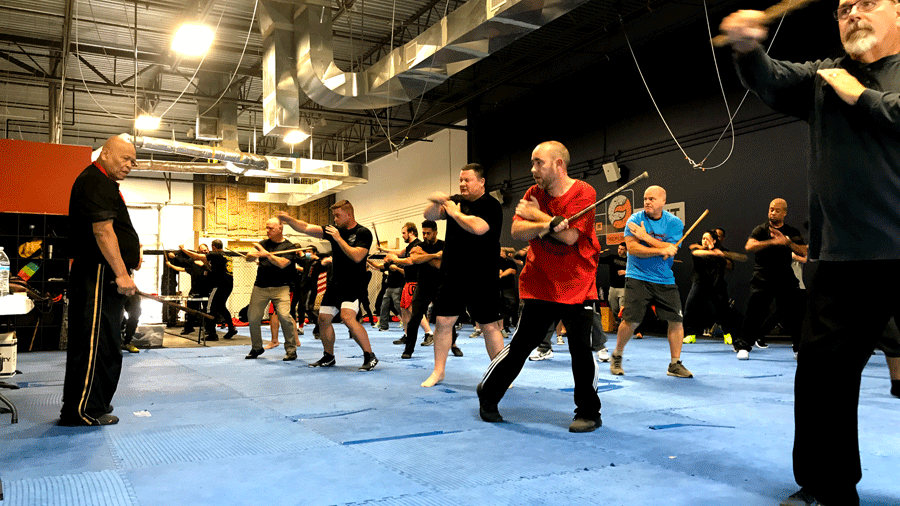
If you want to actually level up your Filipino Martial Arts training—whether it’s for self-defense, cultural connection, personal growth, or pure skill development—training with a Grandmaster will change your life.
I don’t say that lightly. I’ve trained with Grandmaster Bobby Taboada, one of the living legends of Balintawak Eskrima, and every time I leave a session with him, I feel like I’ve just opened a door to an entirely new level of awareness. Not just as a martial artist—but as a teacher, a human, and someone who wants to move through life with purpose, power, and precision.
Experience You Can’t Fake
There’s something different about working with someone who’s spent decades—tens of thousands of hours—training and teaching Filipino Martial Arts to people of every background you can imagine. From military personnel to nurses, from engineers to stunt actors, from beginners to masters of other systems.
A Grandmaster like GM Bobby doesn’t just teach technique—he translates it. He sees what you need, in your body, at your level, and gives you a correction or a cue that changes everything. Not in a way that makes you feel wrong. But in a way that makes you feel excited to get back to work, even though it stings some.
It’s like having a martial arts coach, mentor, and engineer wrapped into one. I think this is why he says he is a Doctor of Stickology!
It’s Not Just About Speed and Power (Though He Has That Too)
I’ve seen GM Bobby move. Explosive. Fast. Precise. You blink and the hit’s already landed. I've felt it.
But what sets him apart isn’t just his physical gifts—it’s the way he teaches you to unlock your own. The drills aren’t just reps; they’re chess games, full of traps, counters, setups, and psychology.
He doesn’t teach you to just do a technique—he teaches you to
understand how to make someone fall into it.
That’s the game.
That’s Balintawak.
Check out this video of GM Bobby Taboada to see his explosive power in action:
The Layers Unfold
One of the most important things I’ve learned through training with Grandmasters like GM Bobby Taboada and GM Jorge Peñafiel is this:
A true martial artist isn’t just a fighter. They’re a student of movement, of timing, of human behavior.
And those lessons come in layers. Every session reveals a new detail you never noticed.
A better way to move your wrist. A tighter line. A cleaner way to generate power.
A clearer sense of how to read someone before they even move.
I’ve had sessions where I walked out of the gym with more drills, insights, and training ideas than I knew what to do with. My cup was full and my mind totally melted. I’ve also walked out thinking, “Wow, I still have so much to learn. And I can’t wait to get after it.”
That’s the magic.
It’s Personal
Here’s what most people forget:
Training with a Grandmaster isn’t about worshiping a legend—it’s about
building a relationship.
GM Bobby has laughed with me, challenged me, pushed me, encouraged me, and reminded me to have fun while training hard.
He’s human—and he makes the art feel alive.
I’ve gotten to know the man, not just the icon.
And that relationship has opened more doors than I ever expected:
- I’ve trained alongside stunt performers, doctors, and designers.
- I’ve worked with military vets and martial arts masters from other systems.
- I’ve been nominated Man of the Year, featured in books, and invited to assist in elite training events.
All of that started with one thing: getting on the mat with someone who lives the art.
Why It Matters for You
If you’re reading this, you might be:
- A Filipino-American curious about your heritage
- A martial artist looking for new levels of precision
- A suburban dad who’s watched every GM Bobby video on YouTube
- Someone tired of feeling vulnerable and finally ready to do something about it
Wherever you’re coming from, Balintawak Eskrima has something to offer you.
Final Thoughts from the Mat
At Chicago Balintawak Martial Arts, I don’t just teach for self-defense. I teach so that people in Chicago can experience the joy, clarity, and confidence that comes from Filipino Martial Arts training that’s both traditional and alive.
We keep it fun. We make the drills into games.
We build confidence one layer at a time.
We take the lessons of Grandmasters and pass them on in a way that sticks.
Whether you’re in Uptown, Evanston, Skokie, or anywhere nearby—your journey can start here.
Come experience the difference.
Reserve your spot here.
Train smart. Train fun. Train real.
And maybe one day, you’ll be the one people call "Master."
Share this article

